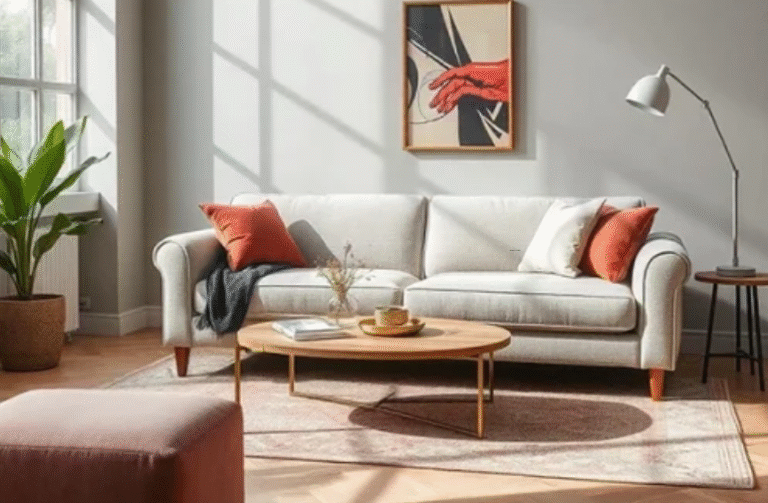Fencing Your Future: Exploring Wood, Aluminum, and Living Options
Fences are more than mere boundaries; they shape our outdoor spaces and reflect our personal style. Whether you’re looking to keep pets secure, enhance your property’s curb appeal, or create a private oasis in your backyard, the type of fence you choose plays a significant role.
With so many options available from classic wooden fences to sleek aluminum designs and even living fences that breathe life into your landscape the possibilities are endless. Each type offers unique benefits that cater to different needs and preferences. Let’s explore these various fence types and discover which one might be the perfect fit for your property!
The Benefits of Wooden Fences
Wooden fences offer a timeless charm that complements any property. They can seamlessly blend with natural landscapes, enhancing curb appeal.
- One of the standout benefits is versatility. You can choose from various styles and finishes to match your aesthetic preferences. Whether you prefer a rustic picket fence or a tall privacy barrier, wood provides endless design possibilities.
- Durability is another significant advantage. When properly maintained, wooden fences can last for decades. Treatments and stains protect against weathering and pests, ensuring longevity.
- Additionally, wooden fences are customizable in height and spacing. This flexibility allows homeowners to create an enclosure that meets their specific needs while adding value to their home.
- Wooden materials are often more eco-friendly than synthetic options. Sourced responsibly, they contribute positively to the environment when managed sustainably. Choosing wood as your fencing material supports both aesthetics and ecological balance.
Advantages of Aluminum Fences
Aluminum fences offer a blend of durability and elegance that many homeowners appreciate. They resist rust, making them ideal for various climates. This low-maintenance material doesn’t require constant upkeep like wood.
- Another advantage is the versatility in design. Aluminum can mimic wrought iron while providing a lighter weight solution. This makes it easier to install without sacrificing style.
- Security is another key factor. The solid construction of aluminum fences provides an effective barrier against intruders, giving homeowners peace of mind.
- Additionally, these fences are eco-friendly since they’re often made from recycled materials. Choosing aluminum not only enhances your property but also contributes positively to the environment.
- Customization options abound too; you can select colors and styles that harmonize with your home’s aesthetic. With all these benefits, it’s easy to see why aluminum fencing has become a popular choice among discerning property owners.
Living Fences: A Sustainable and Eco-Friendly Option
Living fences offer a refreshing alternative to traditional barriers. They consist of shrubs, trees, or vines that grow together to create a natural boundary. One significant advantage is their environmental impact. Living fences improve air quality and provide habitat for local wildlife.
This sustainable option promotes biodiversity in your area. Additionally, they can enhance the aesthetic appeal of your property. With seasonal blooms and varying foliage, living fences add color and texture throughout the year.
Maintenance can be minimal compared to conventional fence types; occasional trimming keeps them neat without requiring paint or preservatives. Moreover, living fences contribute to soil health by reducing erosion with their root systems.
They are not just functional but also promote ecological balance in your landscape design. Choosing this eco-friendly option aligns well with modern sustainability goals while still providing privacy and security for your home.
Factors to Consider When Choosing the Right Fence for Your Property
Choosing the right fence for your property involves several key factors. Start by assessing your primary needs. Are you looking for privacy, security, or simply a decorative touch?
- Next, consider the local climate. Different materials respond uniquely to weather conditions. For instance, wooden fences may warp in humid environments while aluminum stands strong against rust.
- Think about maintenance requirements as well. Some fences need regular upkeep to remain attractive and functional; others are more hands-off.
- Budget is another crucial element. While some options like living fences can be eco-friendly and cost-effective in the long run, they might require an initial investment in time and resources.
- Check local regulations and homeowner association guidelines. Ensuring compliance can save you from future headaches related to zoning laws or neighborhood standards.
Maintenance and Cost Comparison between Fence Types
When considering fence types, maintenance and cost play a pivotal role in your decision-making. Wooden fences can provide beauty but require regular upkeep. Expect to stain or seal them every few years to protect against weathering.
Aluminum fences offer durability with minimal maintenance. They don’t rust and rarely need repainting, making them a cost-effective choice long-term.
Living fences, while eco-friendly and aesthetic, can demand time for growth and shaping. They may require pruning and care based on the plants chosen.
Cost varies widely across these options. Initial installation of wooden fences might be lower than aluminum, but factor in long-term maintenance expenses. Living fences often have higher upfront costs due to plant selection but can save money over time through their natural resilience.
Make sure you evaluate both immediate budgets and future responsibilities when selecting your perfect fence type.
Choosing the Perfect Fence for Your Needs
Selecting the right fence involves more than just aesthetics. Consider your primary goals first. Are you prioritizing privacy, security, or perhaps enhancing curb appeal?
- Think about your environment too. Some materials withstand harsh weather better than others. For example, wooden fences may require more upkeep in humid climates.
- Next, evaluate local regulations and HOA guidelines. They might dictate height restrictions or material choices that could influence your decision.
- Budget is another crucial factor. Wooden options can be cost-effective initially but may incur higher maintenance costs over time compared to aluminum solutions.
- Consider the sustainability aspect of living fences if you’re inclined toward eco-friendly choices. They provide natural beauty while promoting biodiversity in your yard.
- Take a moment to visualize how each type would fit into your lifestyle before making a commitment.
Conclusion
Choosing the right fence for your property is about more than just aesthetics. Each type of fencing comes with its own set of advantages. Wooden fences offer classic beauty and versatility, while aluminum options bring durability and low maintenance to the table. Living fences stand out as a sustainable choice, enhancing your landscape while providing privacy.
When selecting a fence, consider not only your personal style but also factors like climate, budget, and how much time you can dedicate to upkeep. Weighing these elements will help ensure that you choose a fencing solution that meets both practical needs and design preferences.






